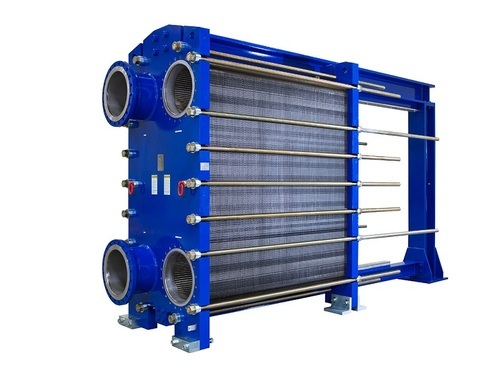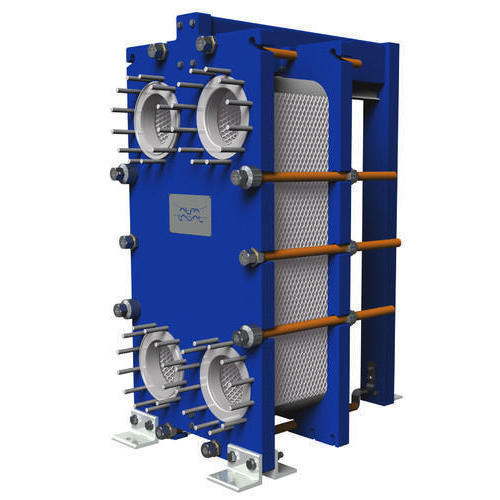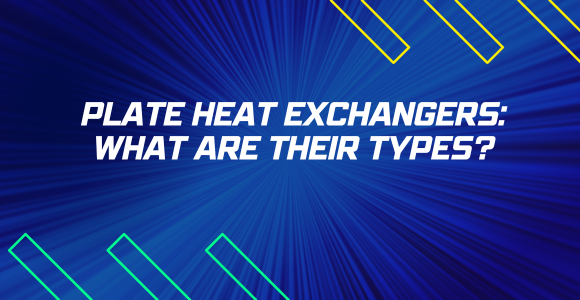A plate heat exchanger is a type of heat exchanger that uses metal plates to transfer heat between two fluids. It has a major advantage over traditional shell and tube heat exchangers because it is a much more efficient heat transfer. Plate heat exchangers are used in various industries, from food and beverage processing to chemical manufacturing. You might wonder about the available types if you’re in the market for a plate heat exchanger (PHE).
This blog post will look at the three main types of PHEs: gasketed, brazed and welded. Each type has advantages and disadvantages that make it better suited for certain applications. By the end, you should know which type is right for your particular application.
Gasketed Plate Heat Exchangers are the most common type of PHE. They’re made up of a series of plates, each with a gasket bolted together. The gaskets prevent the two fluids from coming into direct contact with each other but allow them to flow past each other to transfer heat. The plates are usually made of stainless steel but can also be made of other materials, such as titanium or nickel alloys. Gasketed PHEs can be used with various fluids, including water, steam, oil, and chemicals. Gasketed plate heat exchangers are relatively easy to maintain and clean, making them ideal for food and beverage processing facilities.

Brazed Plate Heat Exchangers are similar to gasketed plate heat exchangers, but the plates are joined together with a brazing material instead of gaskets. It makes them more resistant to high temperatures and pressures. These are often used in power plants and other heavy industrial applications. Brazing is a process in which two metals are joined together using a third metal with a lower melting point than the other two. BPHEs can be made from various metals, including copper, stainless steel, and nickel alloys. They’re often used in applications with the potential for corrosion or leaks.

Welded Plate Heat Exchangers (WPHEs) are made of a series of welded plates. They can be made from various metals, including stainless steel, carbon steel, and nickel alloys. WPHEs are often used in applications with high pressure or temperature potential. Welded plate heat exchangers are made by welding the plates together at the edges. It creates a stronger joint that can withstand higher temperatures and pressures than either gasketed or brazed plate heat exchangers. Welded plate heat exchangers are commonly used in petrochemical plants and other industrial facilities where they will be exposed to harsh chemicals and corrosive materials.
Plate heat exchangers are essential to many industrial processes, from food and beverage processing to chemical manufacturing.

There are three main types of plate heat exchangers: gasketed, brazed and welded. By understanding the different types of plate heat exchangers, you can choose the one that is best suited for your needs. And now that you know about the different types of PHEs available in the market, you can make an informed decision about which is right for your application.
If you have questions about PHEs or need help selecting one for your specific needs, please don’t hesitate to contact us. Our team of experts would be more than happy to assist you.
If you have questions about PHEs or need help selecting one for your specific needs, please don’t hesitate to contact us. Our team of experts would be more than happy to assist you.




